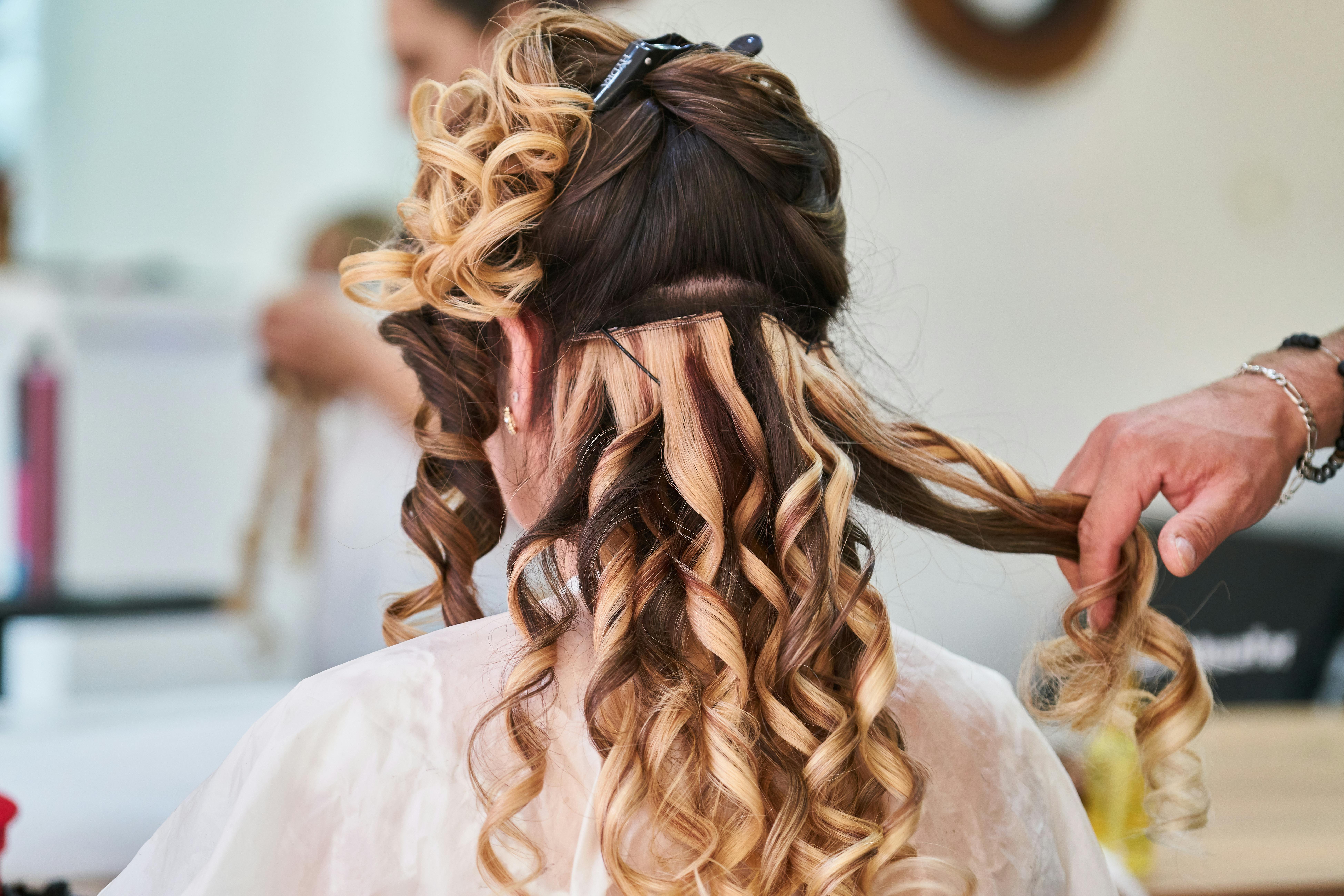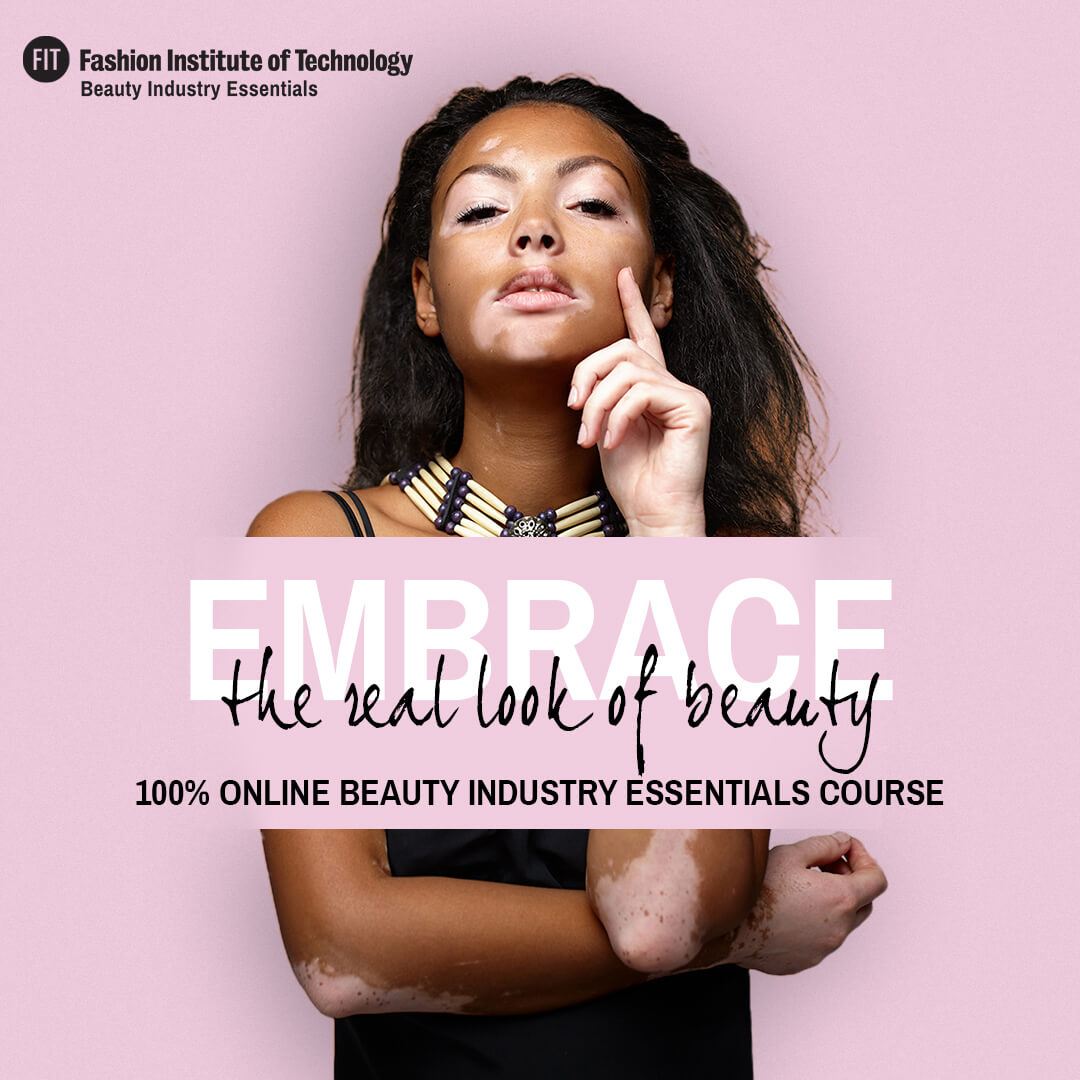Beauty market research is a crucial aspect of the beauty industry, providing valuable insights into consumer preferences, trends, and the competitive landscape. In this comprehensive guide, we will delve into the importance of beauty market research and explore key strategies for conducting effective research to drive business success.
Understanding Consumer Behavior
Beauty market research helps businesses gain a deep understanding of consumer behavior, preferences, and purchasing patterns. By analyzing consumer demographics, psychographics, and buying habits, brands can tailor their products and marketing strategies to meet the needs and desires of their target audience.
Identifying Trends and Innovations
Market research allows beauty companies to stay ahead of trends and innovations in the industry. By monitoring market trends, emerging technologies, and competitor activities, brands can identify new opportunities for product development and differentiation to maintain a competitive edge in the market.
Assessing Brand Perception
Conducting market research helps brands evaluate their brand perception among consumers. By collecting feedback through surveys, focus groups, and social media monitoring, companies can assess brand awareness, reputation, and loyalty and make informed decisions to enhance their brand positioning and messaging.
Competitive Analysis
Beauty market research involves analyzing the competitive landscape to understand the strengths and weaknesses of rival brands. By benchmarking against competitors, brands can identify market gaps, assess competitor strategies, and develop unique selling propositions to differentiate themselves in a crowded marketplace.
Product Development and Innovation
Market research plays a crucial role in guiding product development and innovation in the beauty industry. By gathering insights on consumer needs, preferences, and pain points, brands can create products that resonate with their target audience and address unmet market demands effectively.
Marketing Strategy Optimization
Market research informs marketing strategy development by providing data-driven insights into consumer preferences, media consumption habits, and communication channels. By conducting market segmentation and targeting, brands can tailor their marketing campaigns to reach the right audience with the right message at the right time.
Forecasting and Planning
Beauty market research enables brands to forecast market trends, demand fluctuations, and consumer behavior, helping them make informed decisions and strategic plans for the future. Companies can anticipate market changes and adapt their strategies by analyzing historical data and industry projections.
Customer Satisfaction and Loyalty
Market research helps brands gauge customer satisfaction levels and measure brand loyalty. By collecting feedback on product experiences, customer service interactions, and brand perceptions, companies can identify areas for improvement and implement strategies to enhance customer retention and loyalty.
Retail Environment Analysis
Understanding the retail environment is essential for beauty brands operating in both physical and online spaces. Market research can provide insights into retail trends, merchandising strategies, pricing dynamics, and distribution channels, helping brands optimize their retail presence and maximize sales opportunities.
Data Analytics and Technology Integration
Leveraging data analytics and technology tools is crucial for conducting effective beauty market research. By utilizing data analytics platforms, artificial intelligence, and market research software, brands can gather, analyze, and interpret data more efficiently to make data-driven decisions that impact business performance.
Conclusion
Beauty market research is essential for understanding consumers, identifying trends, and staying competitive in a fast-evolving industry. By leveraging data-driven insights, brands can develop innovative products, refine their marketing strategies, and build stronger connections with their target audiences.
Investing in thorough and ongoing market research empowers beauty businesses to make informed decisions, drive growth, and achieve long-term success.
Key Takeaways:
- Beauty market research is vital for understanding consumer preferences, trends, and the competitive landscape.
- Analyzing consumer behaviour helps brands tailor products and marketing strategies to target audiences.
- Tracking industry trends and innovations allows brands to stay ahead and identify new opportunities.
- Market research helps assess brand perception, informing improvements in positioning and messaging.
- Competitive analysis reveals market gaps and strengthens brand differentiation strategies.
- Consumer insights guide effective product development and innovation to meet market demands.
- Data-driven research optimises marketing strategies by refining audience targeting and messaging.
- Forecasting trends and consumer behaviour helps brands plan strategically for the future.
- Measuring customer satisfaction and loyalty highlights areas for improvement and retention strategies.
- Retail environment analysis aids in optimising both physical and online retail strategies.
- Utilizing data analytics and technology tools enhances the efficiency and accuracy of market research.
- Ongoing investment in beauty market research supports informed decision-making, growth, and long-term success.
Elevate your expertise with the FIT Beauty Industry Essentials online course and certificate program to excel in the beauty industry.






